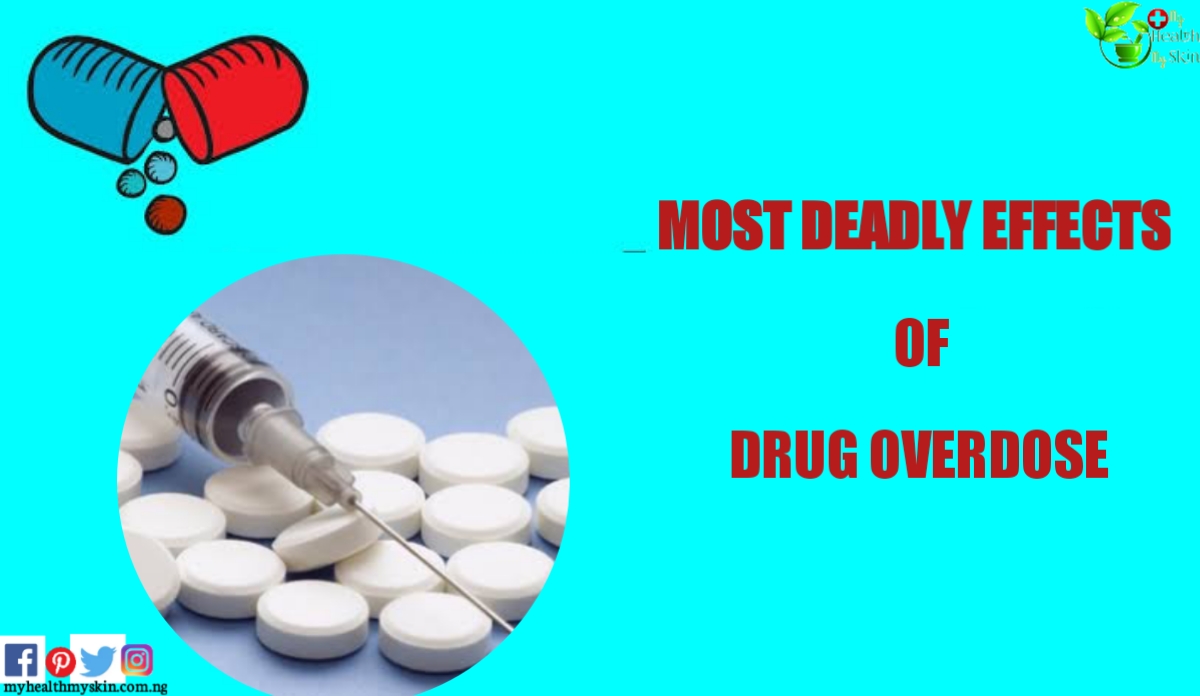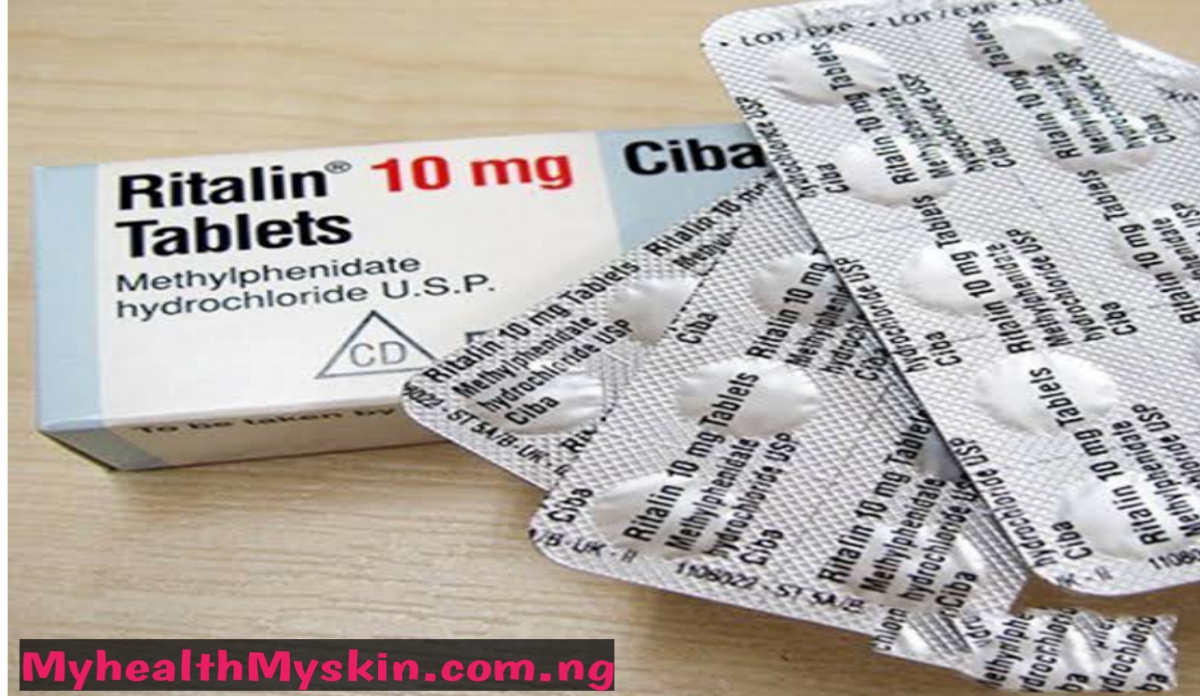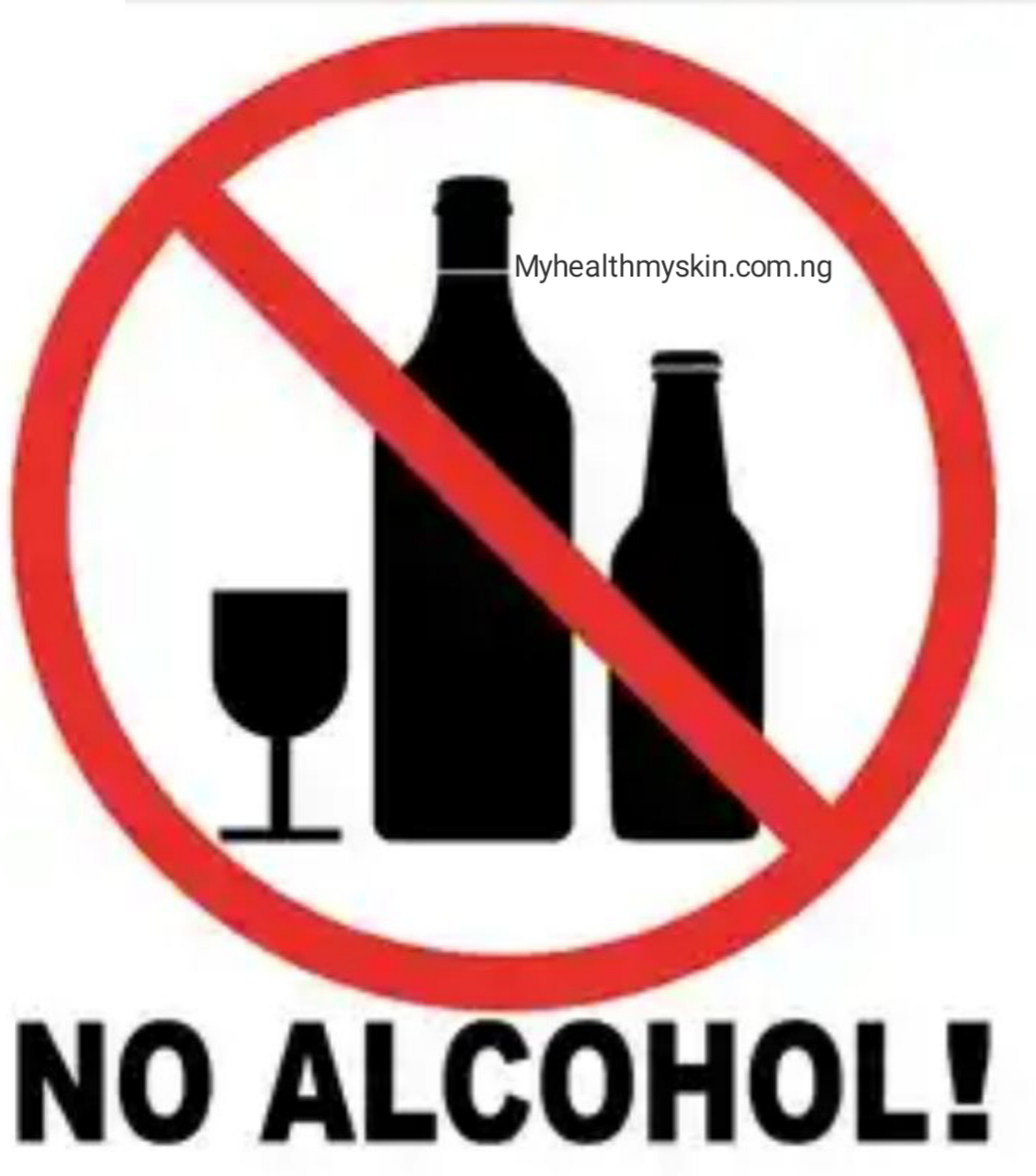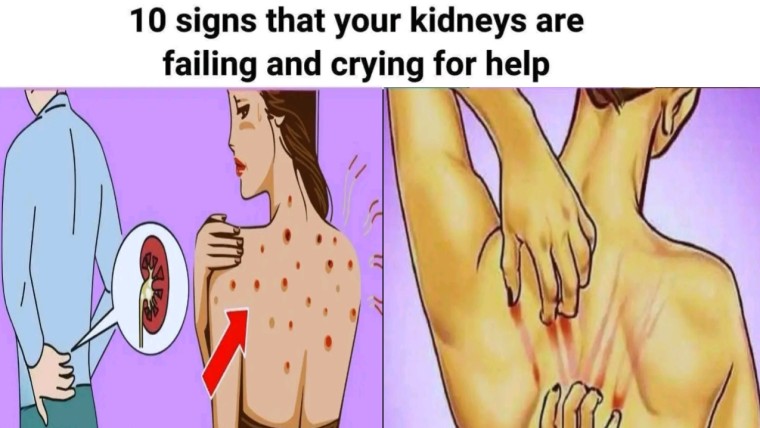Drug overdose is a major public health problem in developed societies because it does not only cause serious damage to the brain and other vital organs, but can even cause death.
Drug Overdose Definition
The term “drug overdose” refers to the excessive consumption of any drug or medicine, including alcohol, such that the substance reaches toxic levels in the blood.
The most common cause of overdose is a high consumption of a drug in a short period of time, because although the addict usually starts taking small doses as the tolerance of his body increases, he needs more of the drug to achieve the same effect, until he reaches a point where he exceeds the limit and causes toxicity, resulting in an overdose.
But it can also happen that the person has been taking the drug for a prolonged period of time, and the drug has been accumulating in the body to finally exceed the tolerance levels and the symptoms of overdose suddenly appear.
Two concepts related to drug overdose that are useful to know are drug addiction, which defines the recurrent need for a person to consume illegal drugs or medicines for a purpose other than therapeutic benefits; and the so-called withdrawal syndrome, which is the set of symptoms experienced by an individual when he or she suddenly stops consuming a drug.
In this article we will explain overdoses caused by illicit drugs, whether they are stimulants such as cocaine, or narcotics such as heroin, and the first aid actions that should be carried out if you find a person suffering from an episode of this type.
Drug Addiction: types of illicit drugs commonly abused
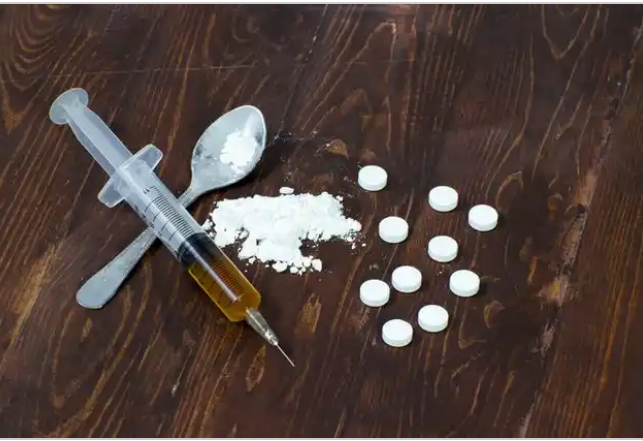
Amphetamines is a type of stimulant, commonly referred to as “accelerants” or “uppers”, stimulate the central nervous system by increasing heart rate, blood pressure and body temperature.
They were originally introduced as prescription drugs to combat health problems such as obesity and drug addiction, but most amphetamines are now produced and sold illegally.
Like other stimulants, amphetamines increase alertness and attention, reduce appetite and induce feelings of well-being.
Highly addictive amphetamines can cause physical and psychological addiction. Abusers of amphetamines stand a greater chance of anxiety, tremors, dizziness, hyperthermia, nausea, paranoia and heart failure.
Methamphetamine
This is one of the most potent illicit drugs (stimulants) and can cause anxiety and hallucinations. It is popular because it is easy to produce in bathrooms and kitchens, is cheaper than cocaine and produces a high that can last up to eight hours.
In the course of its production, other toxic substances are mixed with it, making it almost impossible to determine the actual amount of methamphetamine the abuser is taking in.
It has different street names, depending on how it is used. When ingested or snorted, it is often called “crystal”; when injected, it is called “crank”; and when smoked, it is called “ice” or “crystal”.
Cocaine
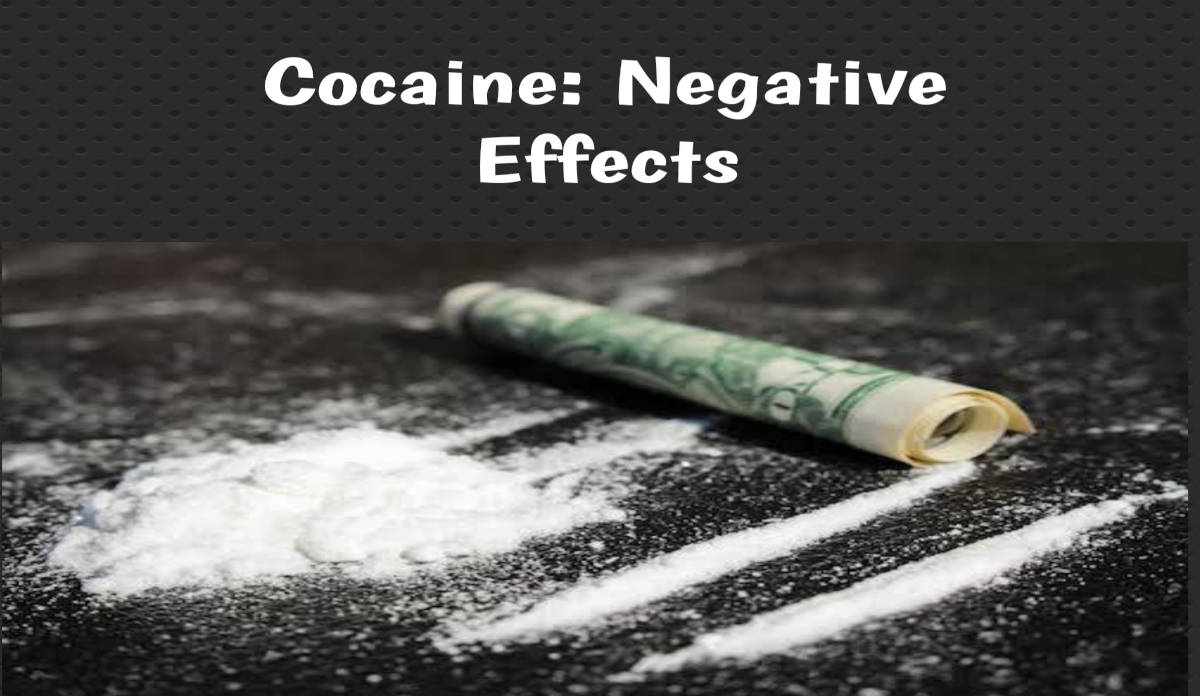
Cocaine is a highly addictive stimulant made from coca leaves. While South Americans have used coca leaves for centuries in social and religious contexts to treat hunger and fatigue, in the United States cocaine is usually sold as a fine white crystalline powder.
These leaves can be rolled as cigarettes or transformed into liquid and consumed as tea. Illegal manufacturers of cocaine place the dried coca leaves in a hole alongside other chemicals designed to extract the alkaloid content of the cocaine.
After inhalation, cocaine affects the brain by blocking the reuptake of dopamine, the neurotransmitter responsible for movement and pleasure. Increasing dopamine levels overstimulates neurons in the brain, causing a “high” state.
Within 20 minutes of taking cocaine, users report feeling a sense of euphoria and exhilaration and losing their inhibitions.
The effects of the drug usually wear off after about 30 minutes, after which users complain of a strong “come-down” feeling, which increases the desire to use the drug again.
What are the effects of cocaine?
People use cocaine to experience an immediate euphoria, which is accompanied by feelings of self-confidence, motivation to work and increased sexual desire.
Cocaine also reduces appetite, which leads to malnutrition in long-term addicts. At an equivalent time because the user experiences the initial pleasure, the body faces the danger of a rise in pulse, vital sign and breathing rate.
This strain on the cardiovascular system can cause strokes, seizures, headaches, blurred vision and fever.
After the initial pleasurable effects of cocaine, the user is likely to suffer from paranoia, depression and irritability. Long-term and regular use leads to severe psychological dependence, insomnia, anxiety and depression.
Ritalin
Ritalin, often prescribed for children with attention deficit hyperactivity disorder (ADHD), increases the user’s concentration and attention by increasing levels of dopamine, a neurotransmitter that regulates mood and emotions. It is a more potent stimulant than caffeine, but not as potent as amphetamines.
Ritalin is often stolen and abused for its stimulant effects, which include appetite suppression, alertness, increased concentration and euphoria. Ritalin use can be recognised by the fact that the drug causes sweating, dry mouth, flushing of the skin and a talkative mood.
Ritalin can cause nervousness, irritability, insomnia, headaches, increased blood pressure alongside
Other symptoms associated with cocaine and amphetamine use
Benzodiazepines
These are depressants commonly prescribed for reduction of anxiety, calms the body and help induce sleep.
There are currently 15 benzodiazepines sold in the United States, most of which are prescribed in pill or capsule form. Examples include Xanax, Valium and Librium.
In general, benzodiazepines act as sedatives in low doses, antidepressants in moderate doses and hypnotics in high doses.
These drugs are used illegally as ‘tranquillisers’ to counteract the effects of stimulants such as cocaine, speed and ecstasy and to counteract the effects of depressants such as heroin and alcohol.
Benzodiazepine addicts usually suffer from forgetfulness, confusion and drowsiness, it is not advisable that such persons engage in driving or operate a heavy duty machinery after taking these drugs.
Large doses can lead to physical dependence. If you have been taking benzos for more than 3 weeks, it is best to stop gradually, as withdrawal symptoms can be severe.
These symptoms include restlessness, agitation, insomnia, headaches, sweating and nausea.
Mushrooms

Psilocybin mushrooms, also known as magic mushrooms, are classified as Schedule I hallucinogenic drugs, which means they have a high potential for abuse and no accepted medical use. They can be brewed in water to make tea or added to food to mask their bitter taste.
After ingestion, the physical effects of psilocybin manifest within 20 minutes and last for about 6 hours.
The mushrooms influence the hearing, vision and tactile sensations by tampering with the interaction of nerve cells and the neurotransmitter serotonin in the brain.
High doses cause hallucinations and an inability to distinguish between fantasy and reality, sometimes leading to panic attacks.
Other effects can include nausea, vomiting, muscle weakness, drowsiness, sweating and loss of coordination. Mushrooms are used in raves and nightclubs, which is strange because the drug makes users less likely to dance.
Ecstasy

This is considered a ‘designer drug’ because of its chemical structure which is similar to that of amphetamines and mescaline.
With its stimulant and hallucinogenic properties, ecstasy is similar to the psychedelic amphetamine.
Under the influence of ecstasy, users may experience sweating, gnashing of teeth, nausea, chills, blurred vision, tremors and palpitations.
As ecstasy is a stimulant, it increases heart rate, blood pressure and body temperature.
The high body temperature associated with ecstasy often leads to dehydration. In fact, it is not uncommon for ecstasy users to die from dehydration.
As a hallucinogen, MDMA causes hallucinations, disorientation, lack of coordination and confusion. Prolonged use can lead to physical tolerance and psychological dependence, severe depression and anxiety.
Involving in ecstasy is even more risky because most of the pills sold as ecstasy are not pure MDMA and most of these substances are extremely harmful to the health, sometimes even deadly.
Unless an ecstasy pill is known to be pure MDMA, the signs and symptoms associated with its use can be inaccurate.
Proponents of ecstasy as a ‘mood drug’ claim that it induces strong positive emotions, relieving anxiety and promoting relaxation.
It is taken orally, in tablet or capsule form, and its effects last for four to six hours. In the case of overdose, people experience fainting, tachycardia, increased blood pressure, fainting and a drop in blood pressure.
The use of ecstasy however, result to the depletion of serotonin in the brain and this is the cause of depression after ecstasy use.
Even taking another pill will not bring immediate relief because there is no serotonin left in the brain to release.
MDMA disrupts the state of mind and intelligence.
Studies show that ecstasy damages parts of the brain that are used for learning and memory. Even a single use can cause short-term memory loss.
Some FAQs about the signs of Drug overdose
Qst: What happens if I take cocaine while drinking?
Ans: Mixing alcohol and cocaine can be fatal for a number of reasons: inability to determine the quantity of alcohol already taken, as the cocaine overwhelms the depressive effects of alcohol.
Nevertheless, once the intoxication wears off, you will immediately feel the alcohol in your system.
Second, alcohol and cocaine form a deadly mixture in the liver called cocaine. This compound can cause sudden death
Qst: What factors can increase the danger of a drug overdose?
Ans: There are many factors that greatly increase the chance of overdose, such as:
Intravenous drugs: with injected drugs the risk of overdose is greater than with those taken by other routes, as the range at which they cause toxicity is much smaller and therefore less controllable.
Crack
This stimulant drug has a very intense but short-lasting effect, so users tend to increase doses.
Drugs and Alcohol
Mixtures of substances are a Molotov cocktail for the body, especially the use of nervous system depressants such as alcohol or tranquillisers together with injected drugs.
Relapses:
People who use sporadically are at greater risk of overdose, as are those who use again after some time off; this is because tolerance to the substance is lost, but the person tends to use the same dose, leading to intoxication.
Other health problems: people with other health problems, such as high blood pressure or diabetes, are more susceptible and more likely to overdose.
If it happens you live with an addict, here are some drug overdose symptoms or signs of drug overdose you need to look out for, so as to know when to save a life.

